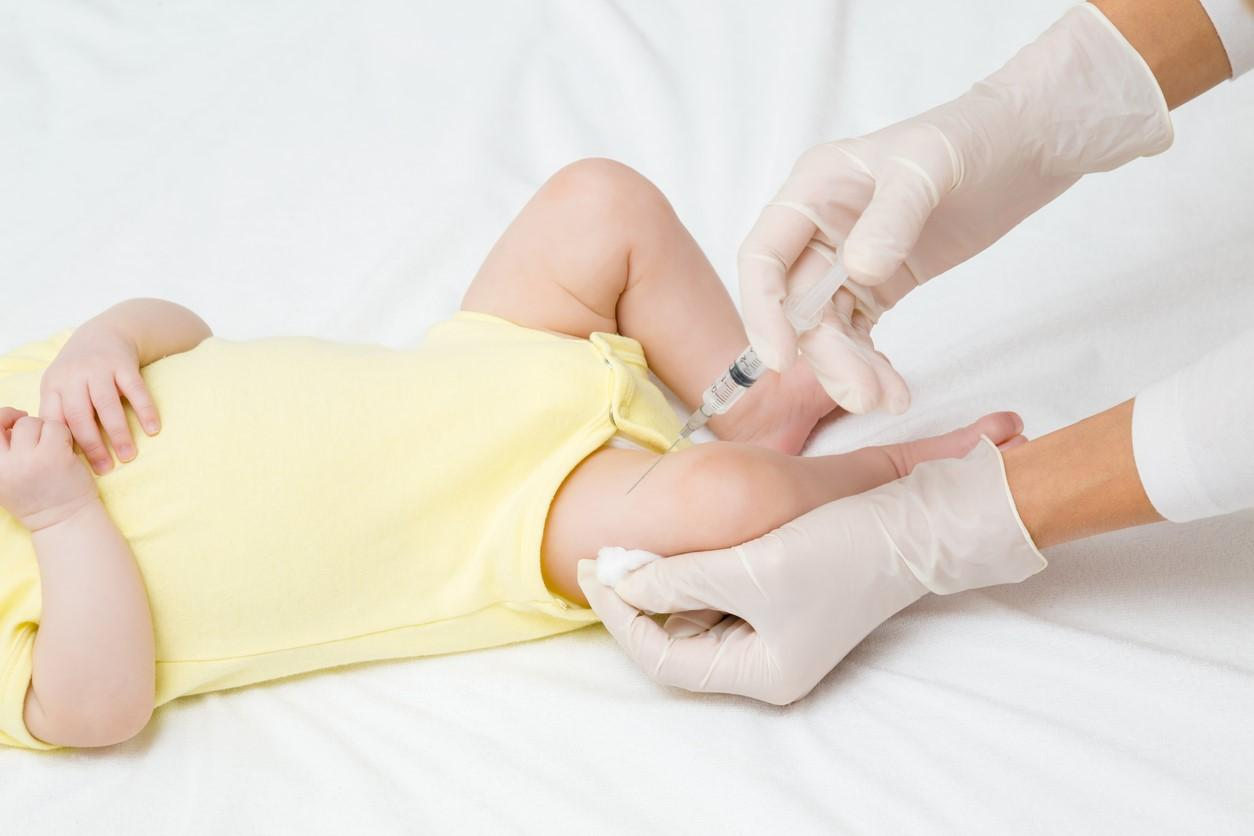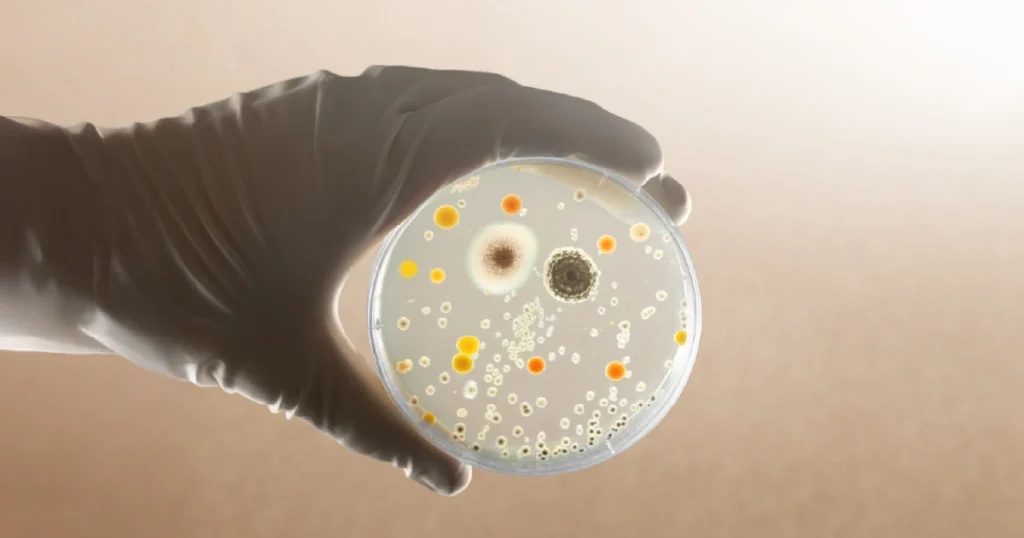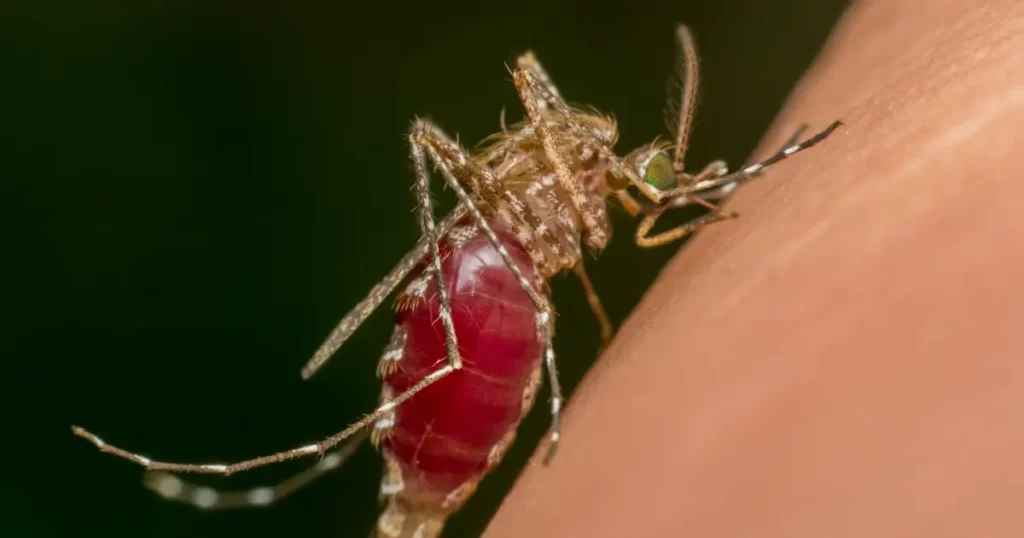The US Department of Agriculture (USDA) Animal and Plant Health Inspection Service (APHIS) today confirmed an H5N1 avian flu detection in Idaho dairy cattle, the state’s first since October. So far it’s not clear if the finding is linked to a bulk milk detection or from illness symptoms. Also, it’s not yet known whether the virus is the B3.13 genotype that has circulated widely in dairy cattle or another jump involving the D1.1 genotype, which has circulated widely in wild birds and over the last several weeks has cropped in dairy cattle in Nevada and Arizona.
.jpg)
Since early 2024, APHIS has reported 977 H5N1 detections in dairy cattle from 17 states.
More detections in cats and poultry
In other developments, APHIS reported seven more H5N1 confirmations in domestic cats. Three are from Washington (King and Snohomish counties) and two are from Oregon. A Washington-based pet food maker Wild Coast Raw recently recalled some of its raw food after an investigation into deaths found a link to the food, which is only sold in those two states.
The two other detections involved cat from Colorado’s Garfield County and another from New Jersey’s Hunterdon County.
Also, the agency reported more H5N1 detections in poultry from two states, which include two live bird markets in New York’s Queens County and in a backyard flock in Wyoming’s Hot Springs County.
The US Centers for Disease Control and Prevention (CDC) said today that its investigators are partnering with the Texas State Department of Health Services (TSDHS) to respond to the measles outbreak in west Texas.
%20(1).jpg)
On X, the CDC said the partnership, called Epi-Aid, involves Epidemic Intelligence Service (EIS) officers, which provide on-site support for 1 to 3 weeks to help quickly control health threats while led by local authorities.
“The measles outbreak in Texas is a call to action for all of us to reaffirm our commitment to public health,” Department of Health and Human Services (HHS) Secretary Robert F. Kennedy, Jr, said in the CDC statement. “By working together — parents, healthcare providers, community leaders, and government officials, we can prevent future outbreaks and protect the health of our nation.”
Thirteen more cases confirmed
Meanwhile, the TSDHS today reported 13 more measles cases, raising the outbreak total to 159. So far, 22 patients have been hospitalized, and the number of deaths remains at 1. The number of affected counties, located in the state’s South Plains area in the west, remains at nine, with most reported from Gaines County, which has been the outbreak epicenter.
Of the 159 cases, 80 are unvaccinated and 74 have an unknown vaccination status. Five patients had received at least one dose of the measles, mumps, and rubella (MMR) vaccine.
In neighboring Lea County, New Mexico, the number of measles cases remained at 9, according to the latest update from the New Mexico Department of Health.
An ongoing investigation into an unexplained illness cluster in the Democratic Republic of the Congo (DRC) Equateur province suggests chemical poisoning or rapid-onset bacterial meningitis might be causing the sudden onset of deaths in a village, especially in young men, the World Health Organization (WHO) said yesterday in an outbreak notice.
.jpg)
There have been two unexplained illness clusters in Equateur Province, a smaller one in Bolomba Health Zone that began in January and a larger one in Basankusu Health Zone that began in early February, with a report of 24 unexplained deaths from a single village. The WHO said the epidemiological investigation doesn’t show a link between outbreaks at the two locations, which are about 100 miles apart and separated by dense forests and poor infrastructure.
Fever was one of the symptoms in a broad case definition, and initial fears of Marburg or Ebola virus were ruled out in earlier testing.
Most deaths occurred within a day or two of illness onset
Of the now 53 deaths reported from Basankusu, most were reported from the same village. Time of symptom onset to death in the initial cluster was 1 day, with symptoms that included fever, chills, headaches, muscle aches, abdominal pains, diarrhea, sweating, dizziness, shortness of breath, agitation, and others. Adolescent and young adult males were disproportionately affected.With a rapidly declining incidence, suggesting that the event is not spreading in time or place, the WHO said.
Enhanced surveillance using the broad case definition identified 1,318 suspected cases, which the WHO said makes the information difficult to interpret and probably covers a range of febrile illnesses, including malaria. About 50% tested positive on rapid tests, which the WHO said isn’t usual in an area where malaria is endemic.
More samples, including cerebrospinal fluid, have been collected, and environmental samples have been collected to test for chemical causes, such as organophosphate contamination. “The definitive cause of illness remains undetermined. Further testing and field investigations are ongoing to better characterize the cases and deaths,” the group added.

The monoclonal antibody nirsevimab (Beyfortus) is 64% to 74% effective against severe respiratory syncytial virus (RSV) outcomes in infants, researchers from the French National Fund for Health Insurance estimate in NEJM Evidence.
The team analyzed information from the French national health data system on all infants born from February to September 2023. Infants immunized as outpatients with a single dose of nirsevimab were matched to nonimmunized controls in a 1:1 ratio daily from September 2023 (when the drug became available in France) to January 2024.
Of the 82,474 infants enrolled in the study, 52.5% were boys, 94.6% were full-term, and 29.8% were from the most sociodemographically advantaged communities. The median follow-up was 118 days.
Protection durable over time
In total, 342 nirsevimab recipients (0.8%) and 992 controls (2.4%) were hospitalized for RSV-lower respiratory tract infection (RSV-LRTI). Of hospitalized infants, 5.0% of nirsevimab recipients were admitted to a pediatric intensive care unit (PICU), compared with 6.5% of controls. A total of 0.3% and 0.5%, respectively, required mechanical ventilation, and 22.7% and 23.9% required supplemental oxygen. No in-hospital deaths were reported.













